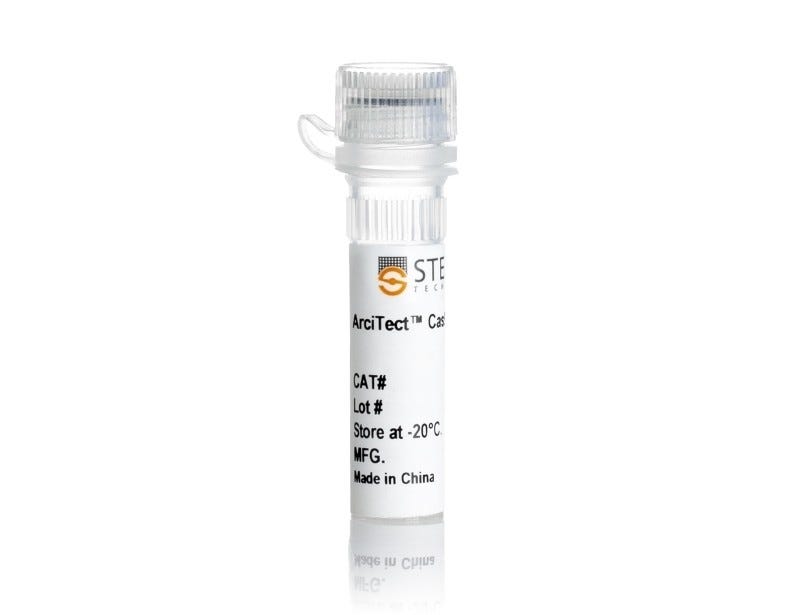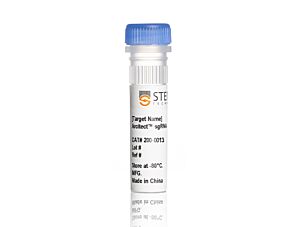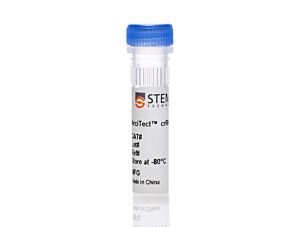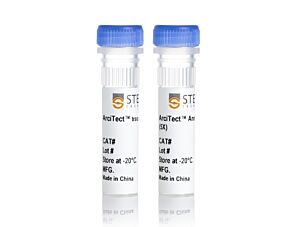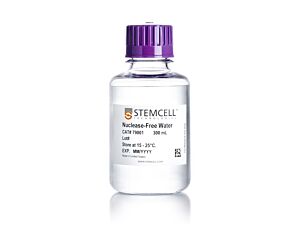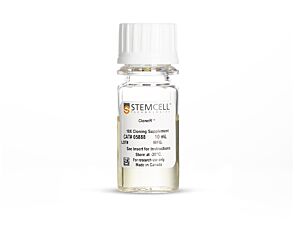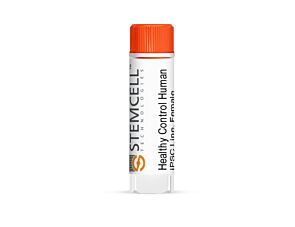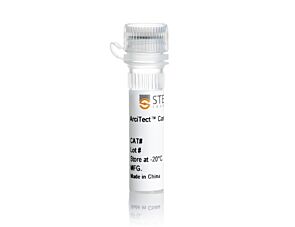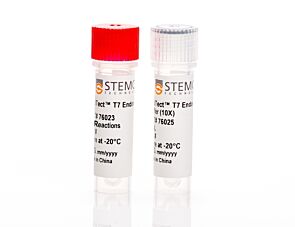ArciTect™ Cas9-eGFP Nuclease
Enhanced green fluorescent protein (eGFP)-tagged Cas9 nuclease for the generation of double-strand breaks in CRISPR-Cas9 genome editing
Request Pricing
Thank you for your interest in this product. Please provide us with your contact information and your local representative will contact you with a customized quote. Where appropriate, they can also assist you with a(n):
Estimated delivery time for your area
Product sample or exclusive offer
In-lab demonstration
Overview
Protocols and Documentation
Find supporting information and directions for use in the Product Information Sheet or explore additional protocols below.
Applications
This product is designed for use in the following research area(s) as part of the highlighted workflow stage(s). Explore these workflows to learn more about the other products we offer to support each research area.
Resources and Publications
Educational Materials (14)
The purchase of the ArciTect™ products conveys to the purchaser the limited, non-transferable right to use, in accordance with all applicable laws and regulations, the ArciTect™ products and any related material solely for research purposes only, not for any clinical, human, agricultural, veterinary, livestock, or commercial purpose, with no warranty (express or implied) from the owners or assignees of the Patents or STEMCELL Technologies each of whom expressly disclaim any warranty regarding results obtained through the use of the ArciTect™ products, and without any exception the owners or assignees of the Patents or STEMCELL Technologies, or as applicable a director, trustee, officer, employee, agent, faculty, official investigator or student thereof, will not suffer or be exposed to any liability, damages, loss, or expense of any kind whatsoever arising from or related to the use of the ArciTect™ products by a purchaser of same. Distribution of ArciTect™ products by STEMCELL Technologies is covered under at least US 8,697,359, US 8,771,945, US 8,795,965, US 8,865,406, US 8,871,445, US 8,889,356, US 8,889,418, US 8,895,308, US 8,906,616 and foreign equivalents (“Patents”).
PRODUCTS ARE FOR RESEARCH USE ONLY AND NOT INTENDED FOR HUMAN OR ANIMAL DIAGNOSTIC OR THERAPEUTIC USES UNLESS OTHERWISE STATED. FOR ADDITIONAL INFORMATION ON QUALITY AT STEMCELL, REFER TO WWW.STEMCELL.COM/COMPLIANCE.
